
The Manson Family murders have assumed a near-mythic quality in the 45 years since Tex Watson, Susan Atkins, Leslie Van Houten and others slaughtered seven people — Sharon Tate; Jay Sebring; Wojciech Frykowski; Abigail Folger; Steven Parent; Leno and Rosemary LaBianca — in the summer of 1969. The sickening, vicious nature of the killings terrified and riveted a nation already convulsed by the violence and cultural upheaval of the late Sixites, while the seemingly random nature of the crimes spoke to a near-primal, universal fear: marauders invading one’s home and wreaking mortal havoc.
Manson himself, convicted of murder via conspiracy (although it was never proved in court that he, personally, killed any of the victims), remains locked up in a California prison, a creature who crawled out from the dark underbelly of the 1960s, unleashed hell, was finally brought to justice and will die behind bars.
But before Manson’s “brood of nubile flower children,” as LIFE magazine put it, set out on their appalling rampage, they plotted, dreamed and — in their own bestial way — lived their lives in places of desolate squalor, soaking up their leader’s toxic fantasy of racial holy war. In Manson’s vision, the Family would rule over a post-apocalyptic America — after riding out the apocalypse itself in a secret city, “the bottomless pit,” beneath Death Valley.
In his own insular, mad vernacular, the killing spree that Manson hoped would be blamed on black militants — sparking the race war that he himself had long prophesied — was known as “Helter Skelter.”
Here, 45 years after the August 1969 murders of Sharon Tate (director Roman Polanski’s wife, who was eight months pregnant); celebrity hairdresser Jay Sebring; actor and writer Wojciech Frykowski: coffee heiress Abigail Folger; 18-year-old Steven Parent; and the LaBiancas — LIFE.com presents pictures of the two ranches where the Family spent its final months before and after its campaign of terror.
The Spahn and Barker ranches, isolated dots on the map east of L.A., served as base camps for the Family; and it was at Barker that Manson was finally found and caught by authorities (on suspicion of auto theft, of all things) in October 1969 — inside a 12 x 16-inch cupboard beneath a sink where he had stuffed himself in an attempt to hide. Not long after, as cops began pulling the threads of evidence together, connecting Family members and Manson himself with the murders that cast a bleak light on the worst excesses of the Sixties, the cheap, sordid Manson myth was born.
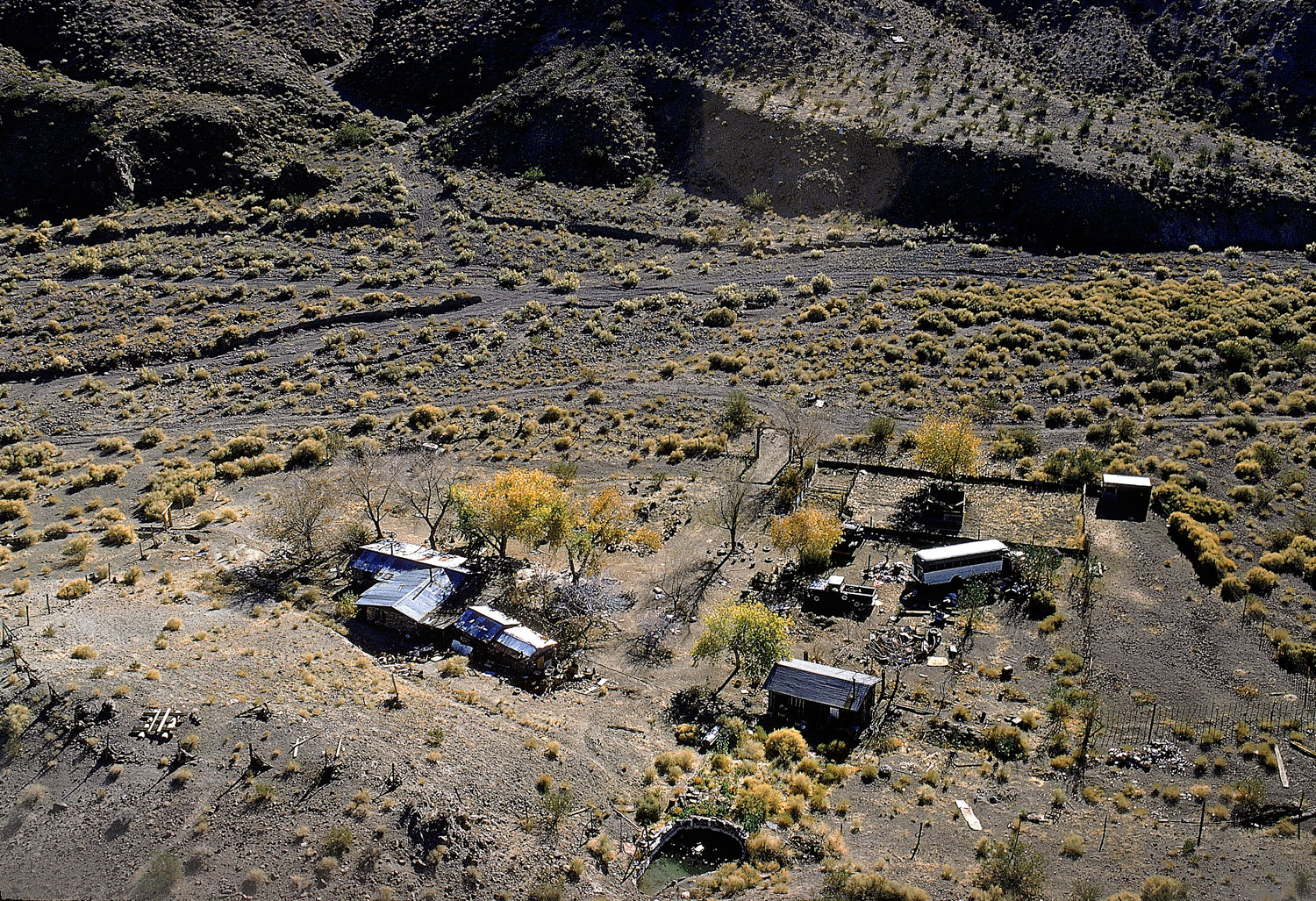

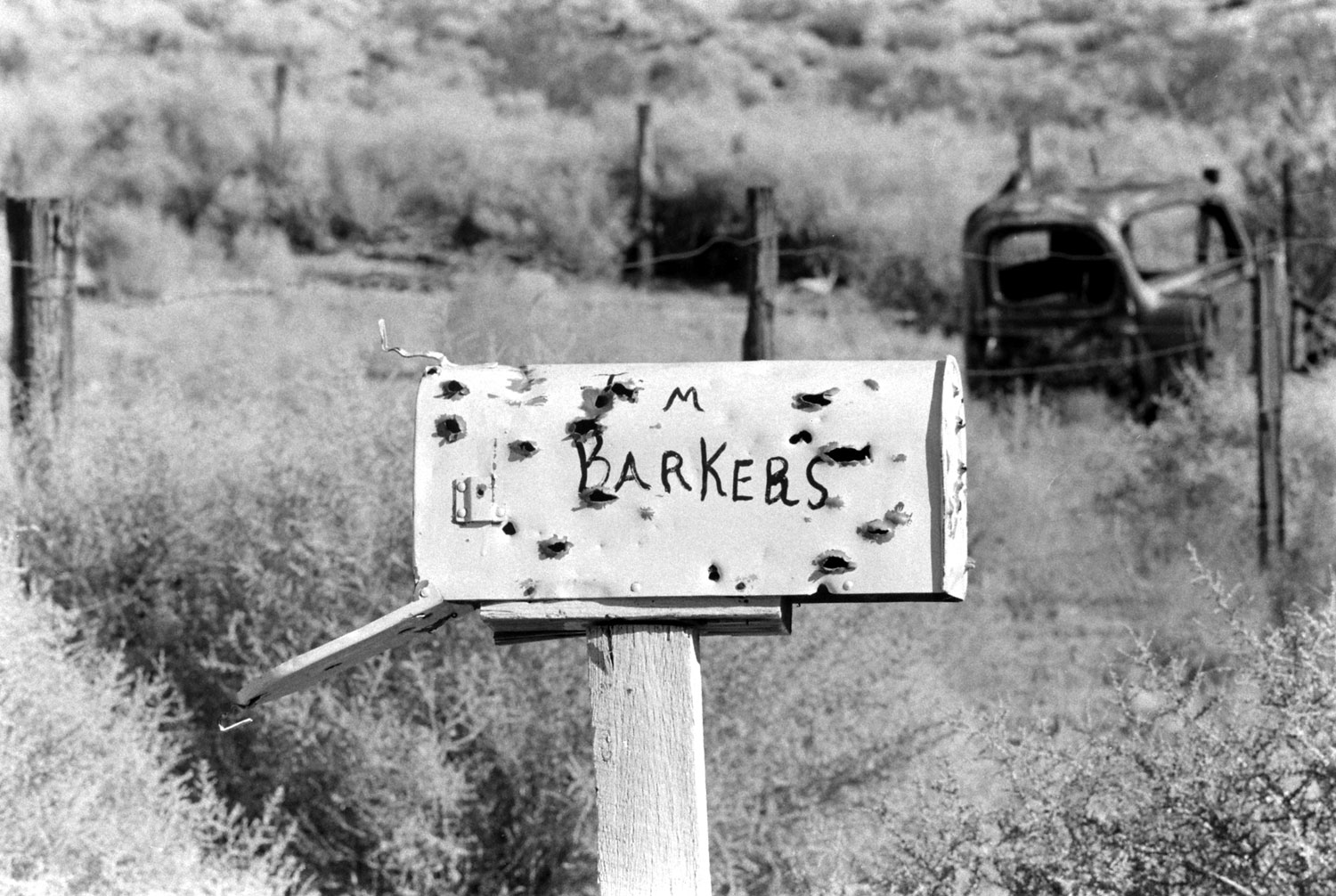


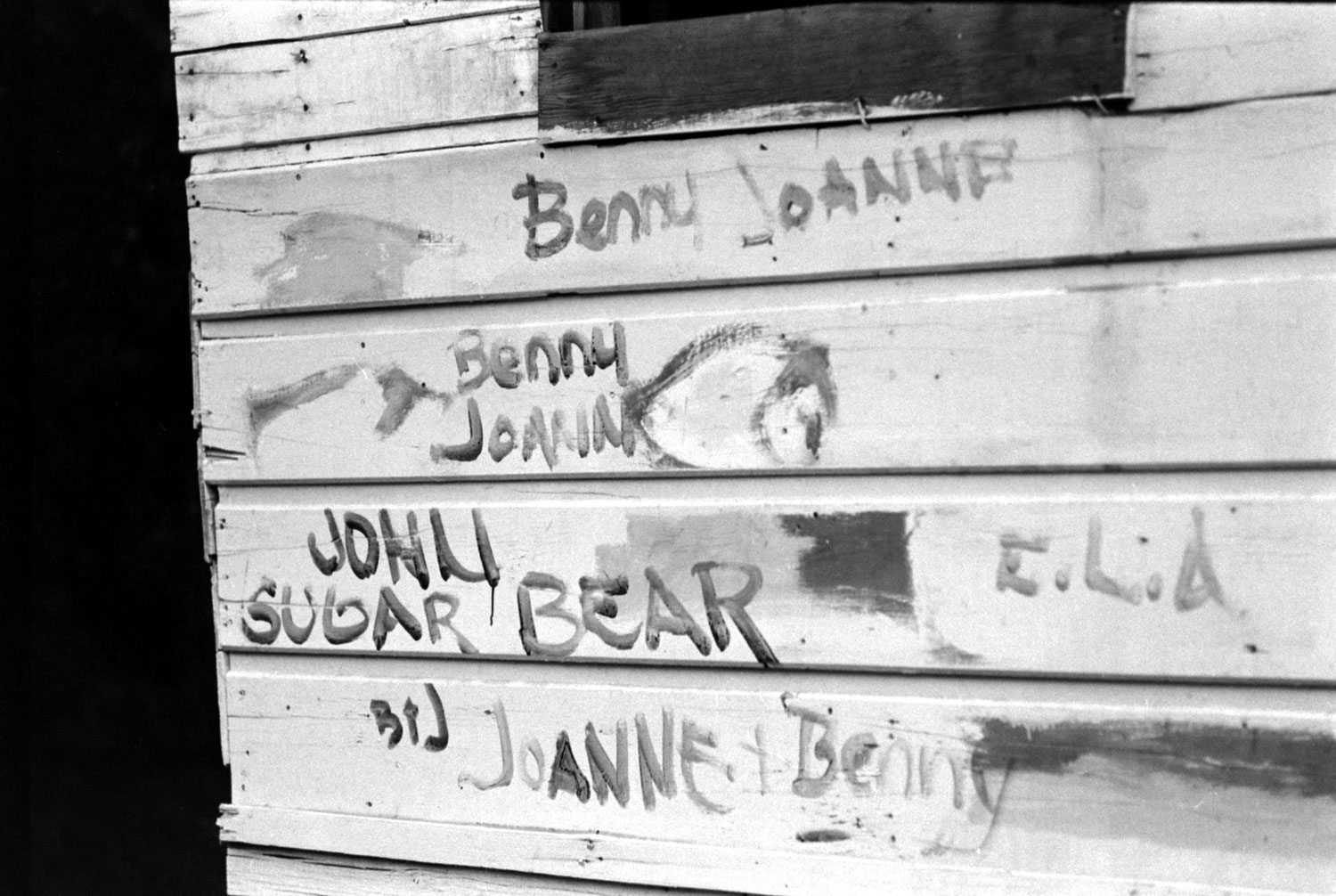
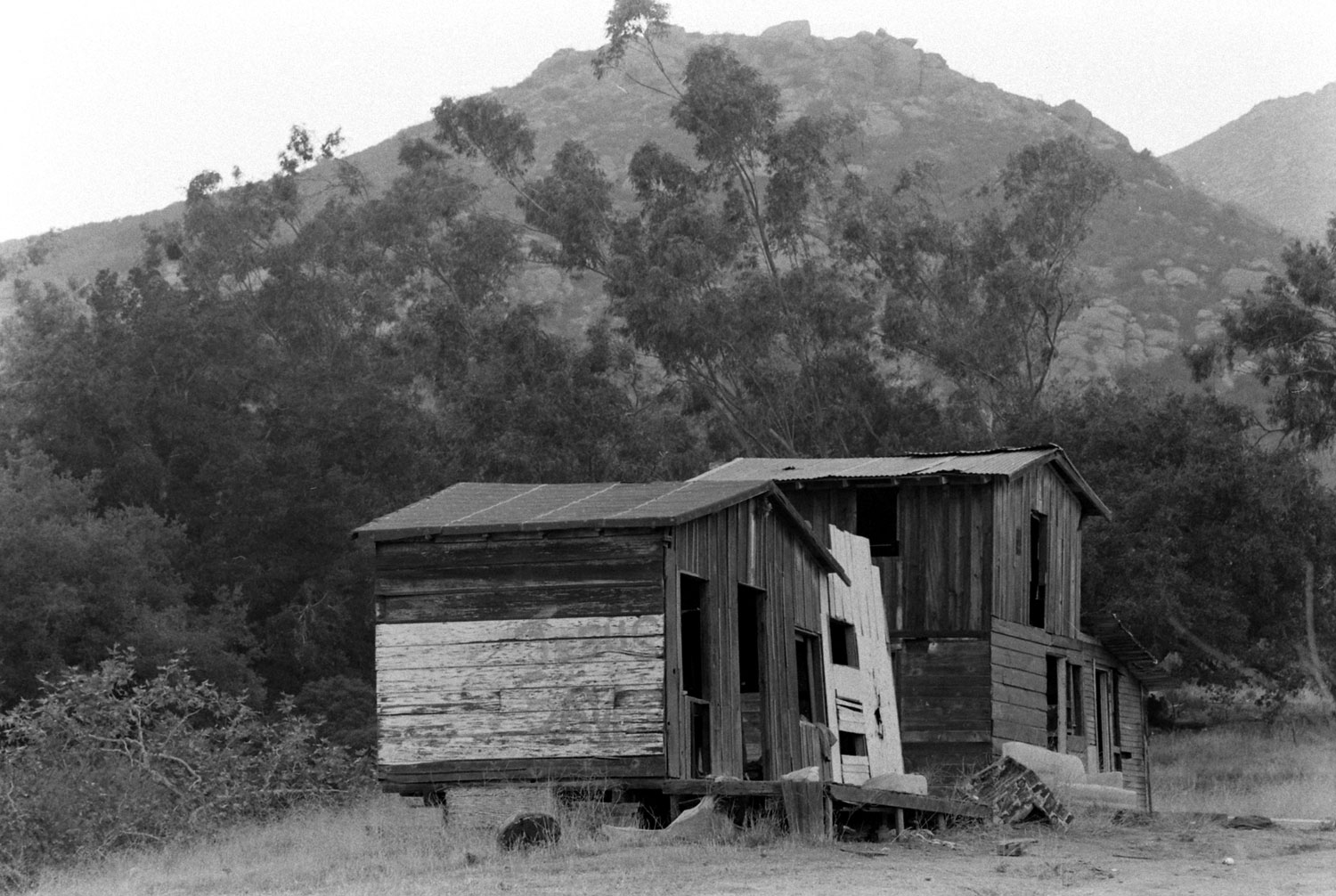

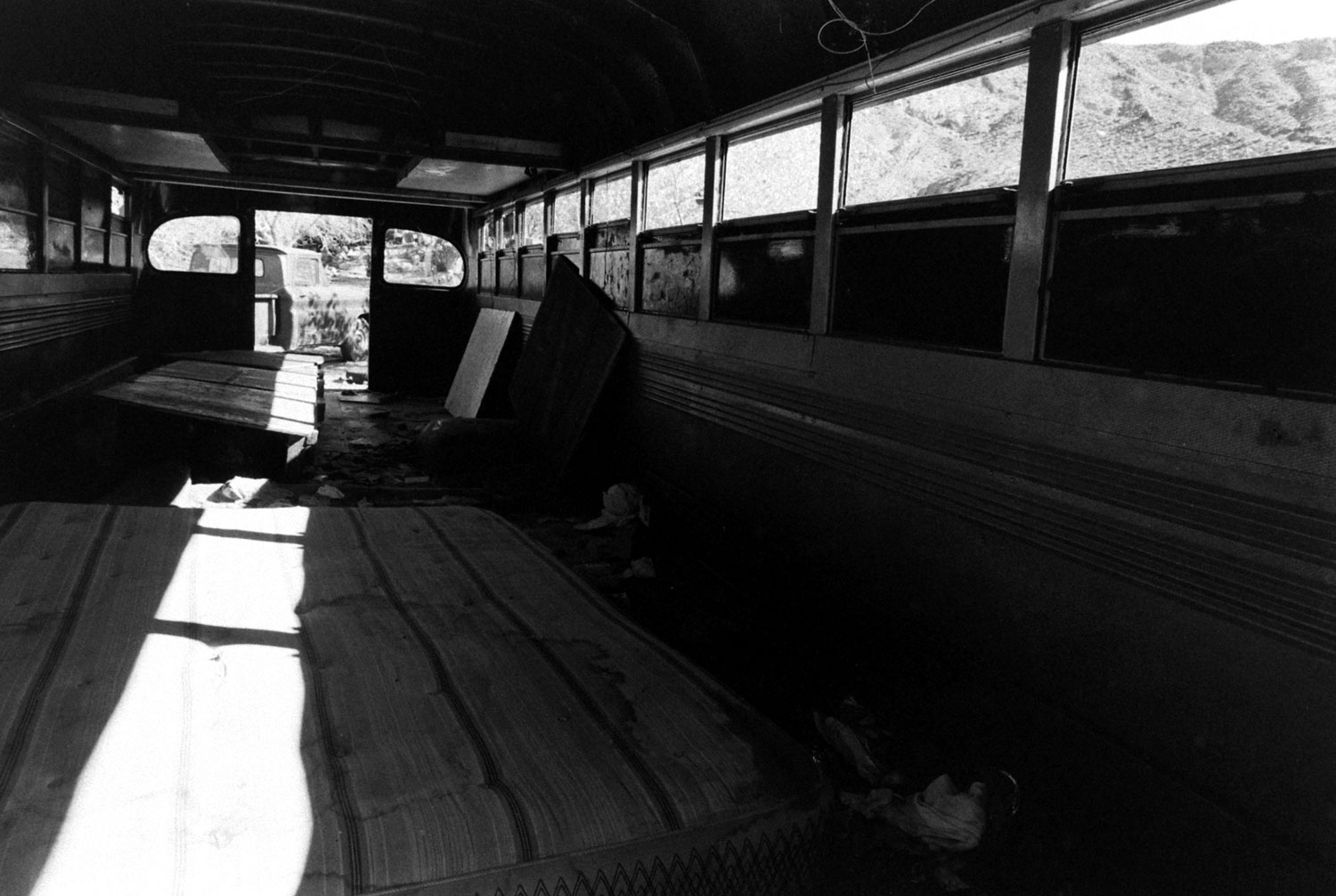


![Charles Manson's hifding place: When police raided the Barker Ranch on suspicion of auto theft last August [1969], they couldn't find Manson -- until they noticed his hair dangling from under the sink. He had squeezed himself into the 12x16-inch cupboard but then couldn't quite close the door.](https://api.time.com/wp-content/uploads/2012/08/12_00828258.jpg?quality=75&w=2400)
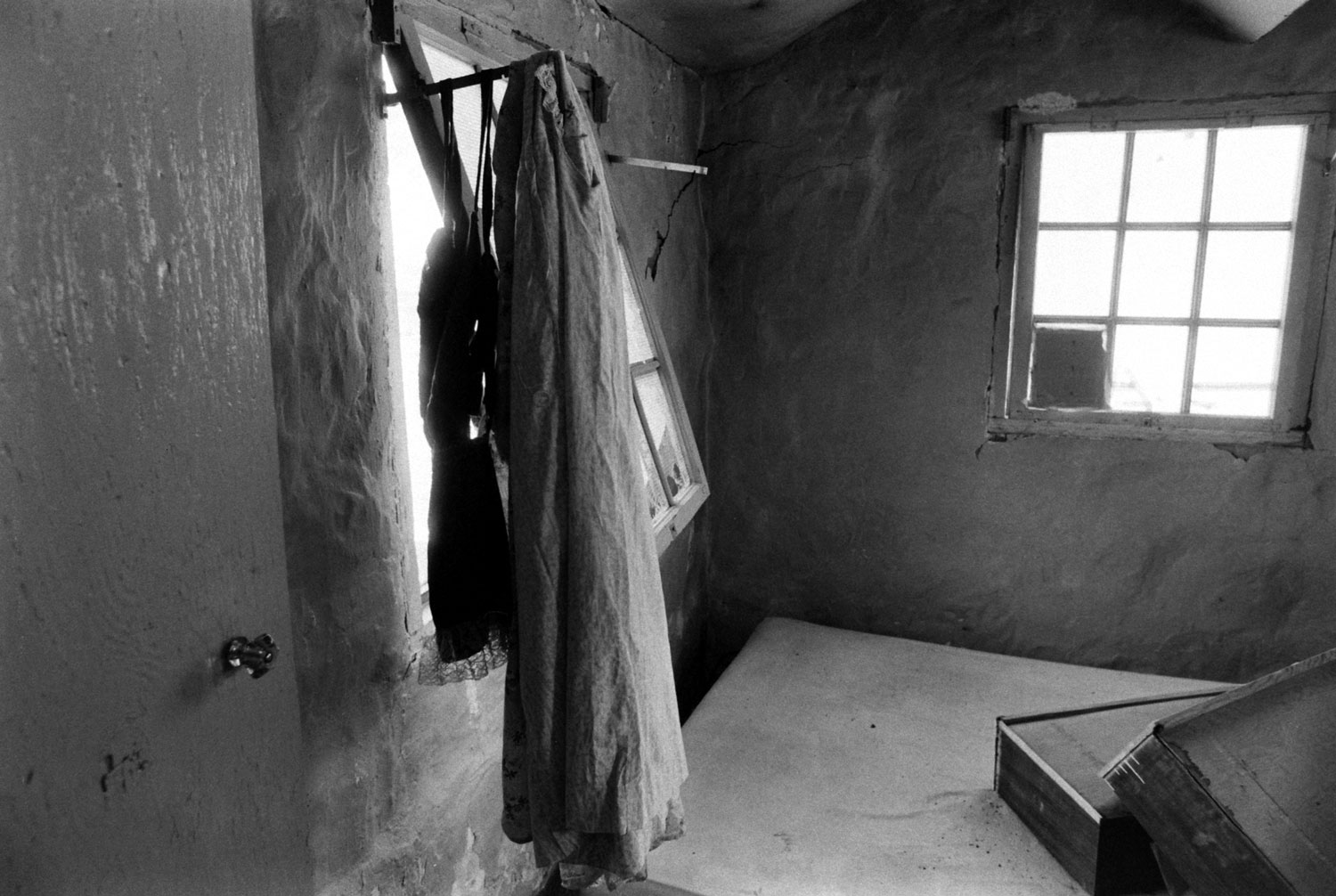
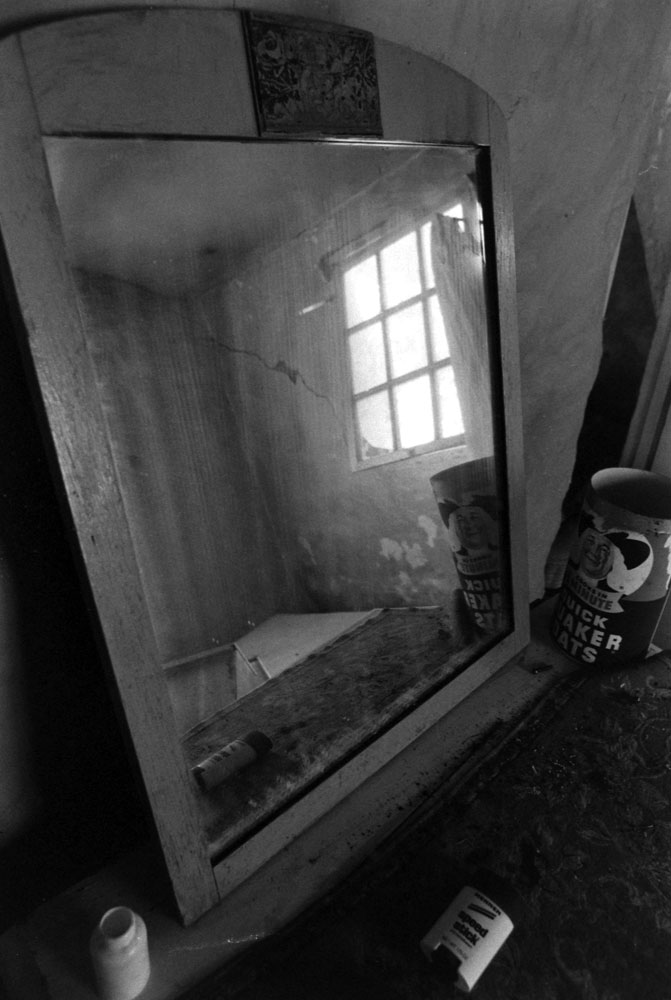
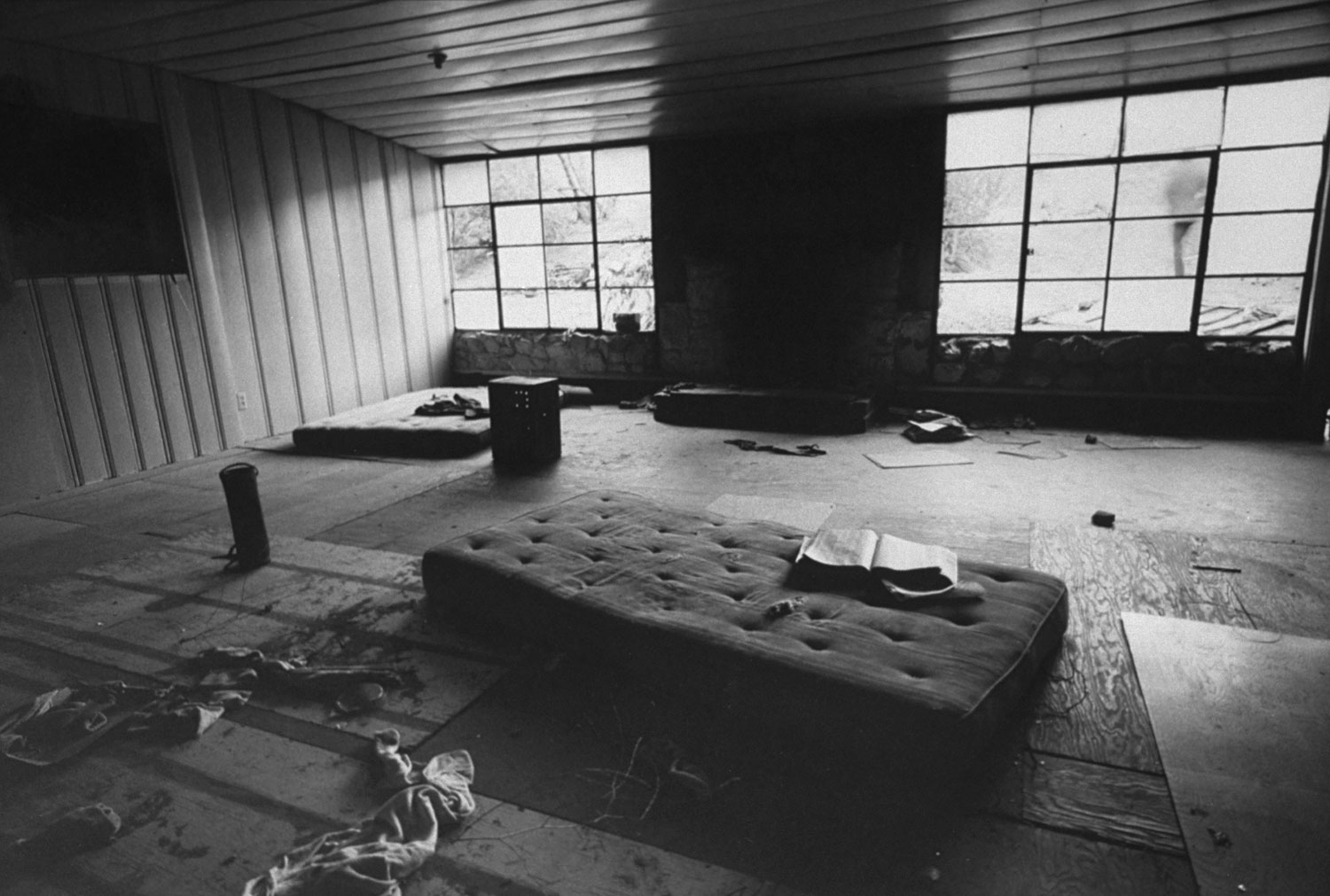

More Must-Reads from TIME
- Inside Elon Musk’s War on Washington
- Meet the 2025 Women of the Year
- The Harsh Truth About Disability Inclusion
- Why Do More Young Adults Have Cancer?
- Colman Domingo Leads With Radical Love
- How to Get Better at Doing Things Alone
- Cecily Strong on Goober the Clown
- Column: The Rise of America’s Broligarchy
Contact us at letters@time.com